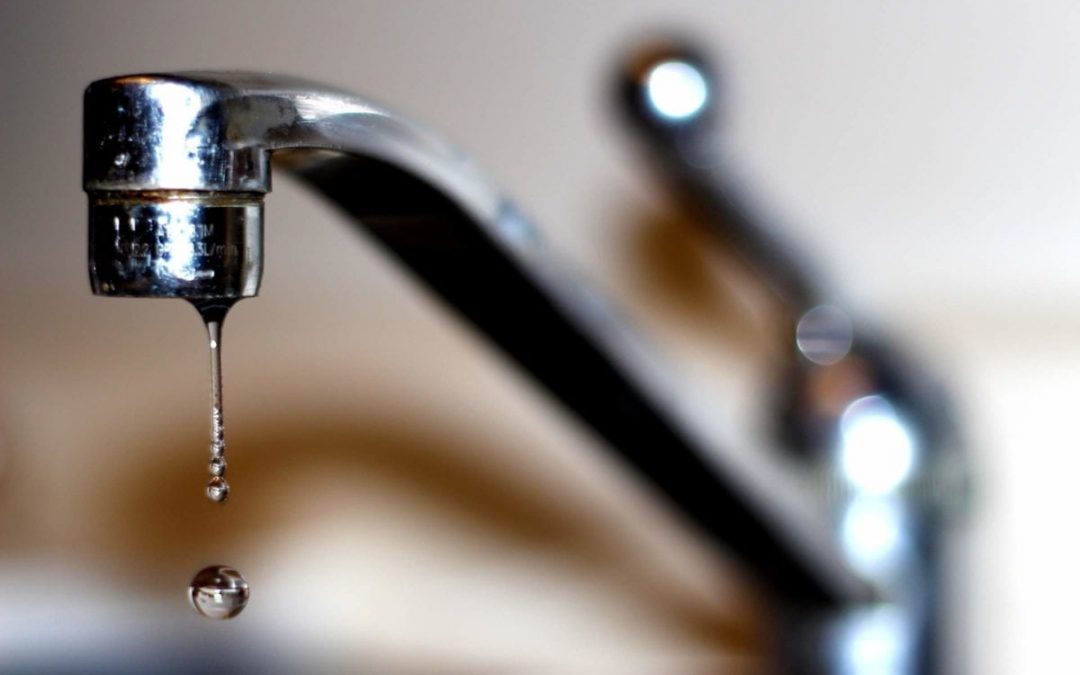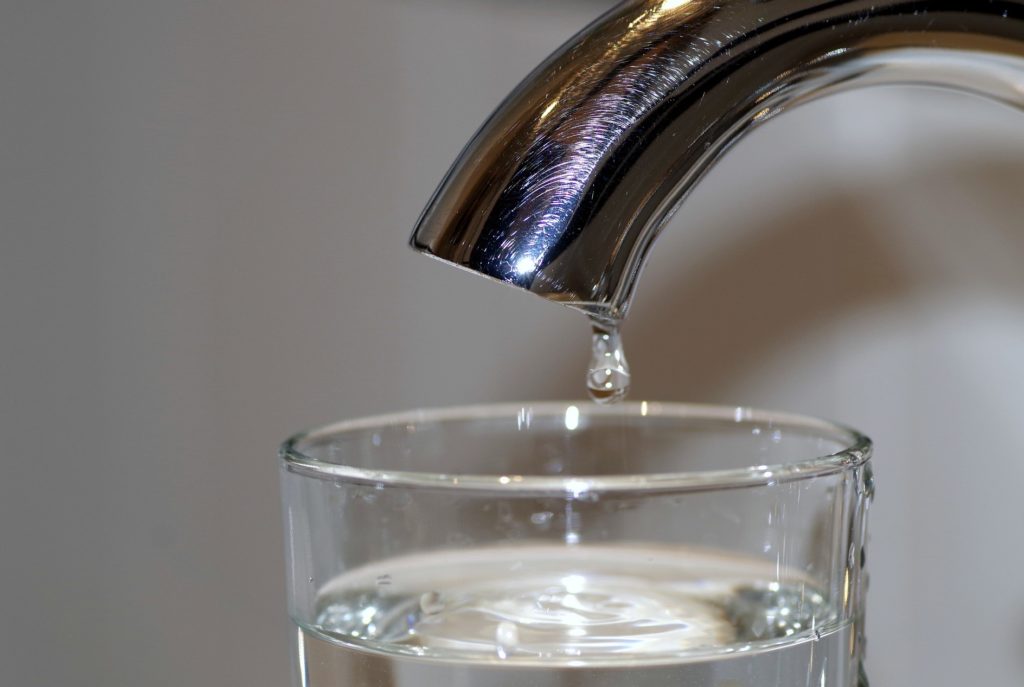Quick Fixes for Resolving Low Water Pressure in Your Home
CallWhat're your opinions about 10 Reasons for Low Water Pressure in Your House?

Low tide stress in your home can be a discouraging trouble, impacting whatever from showering to washing dishes. If you're experiencing weak water flow, there are several feasible causes and options to check out. In this guide, we'll talk about common factors for low tide pressure and practical actions to attend to the issue effectively.
Intro to Low Water Stress
Low tide stress takes place when the flow of water from your faucets, showers, and other components is weak than normal. This can make everyday tasks a lot more challenging and much less effective. Understanding the sources of low tide pressure is vital to finding the best service.
Usual Sources Of Low Tide Pressure
Pipe Obstructions
Over time, pipes can become clogged with natural resource, sediment, or particles, restricting the flow of water. This is an usual problem in older homes with galvanized steel pipelines.
Deterioration
Rust within pipelines can lead to leaks and decreased water stress. Rust accumulation can constrict water circulation, specifically in aging plumbing systems.
Faulty Stress Regulatory Authorities
Pressure regulators are accountable for maintaining regular water stress in your house. If they malfunction, it can result in low water pressure or unequal circulation throughout your house.
Metropolitan Water Supply Issues
Occasionally, the trouble exists outside your home. Municipal supply of water problems, such as main line leakages or maintenance job, can briefly minimize water stress in your area.
Just How to Identify Low Tide Pressure
Checking Taps and Fixtures
Start by testing the water pressure at various faucets and fixtures throughout your home. If the issue is separated to details areas, it may show local problems.
Checking Pipelines
Check visible pipelines for indications of leakages, deterioration, or blockages. Pay attention to any type of uncommon sounds, such as banging or rattling pipes, which can suggest issues within the plumbing system.
Consulting with a Plumber
If you're unable to pinpoint the source of low tide stress, take into consideration hiring an expert plumber to conduct a comprehensive examination. They can recognize underlying problems and advise ideal services.
Do It Yourself Solutions to Deal With Low Tide Pressure
Cleaning Up Aerators and Showerheads
Natural resources can accumulate in aerators and showerheads, minimizing water flow. Remove and clean these components frequently to improve water pressure.
Flushing Hot Water Heater
Sediment accumulation in the water heater can restrict circulation and reduce effectiveness. Flushing the tank regularly assists get rid of debris and preserve ideal performance.
Inspecting Pressure Regulator
Ensure that the stress regulator is operating properly. Adjusting or replacing the regulatory authority can help bring back proper water stress throughout your home.
Clearing Clogs in Pipeline
For small blockages, try using a plumbing serpent or chemical drainpipe cleaner to clear obstructions in pipes. Beware when making use of chemicals and follow security standards.
When to Call a Professional Plumber
If do it yourself initiatives fall short to settle the problem or if you suspect substantial plumbing problems, it's best to seek help from a qualified plumber. They have the know-how and tools to address complex issues safely and efficiently.
Preventive Measures to Preserve Water Pressure
Normal Maintenance
Arrange routine maintenance for your plumbing system to avoid problems such as deterioration, leakages, and clogs. Attending to small troubles early can assist avoid even more considerable repair work later.
Setting Up a Pressure Booster
Think about setting up a pressure booster pump to boost water pressure in locations with consistently reduced circulation. This can be especially useful for multi-story homes or properties with high-demand fixtures.
Tracking Water Usage
Bear in mind water usage routines and stay clear of ill-using the plumbing system. Simple modifications, such as staggering showers and laundry loads, can help maintain sufficient water pressure.
Conclusion
Taking care of low tide stress can be frustrating, but recognizing the underlying causes and carrying out proper solutions can restore ideal circulation throughout your home. Whether it's cleaning aerators, examining pipes, or consulting with a plumber, taking proactive steps can guarantee a consistent supply of water for your daily requirements.
FOUR WAYS TO FIX LOW WATER PRESSURE NOW
Turning on a shower or faucet only to find the water comes out in a sad, slow drizzle is never a good feeling. How exactly are you supposed to wash a pan or take a quick shower when it takes 10 minutes just to rinse off a little soap? The good news is that when your water pressure is bad, there's always a cause: typically one that can be easily fixed. Here are some of the most common causes of low pressure and what you can do to fix the issue:
DEBRIS AND MINERAL DEPOSIT BUILDUPS
If you notice low water pressure from just one or two of the fixtures in your house, the problem likely has to do with debris buildup. Water is full of minerals and other debris, all of which can accumulate in your pipes and on your fixtures. This can cause a blockage that affects how much water flows through. To fix this, try filling a small plastic bag with white vinegar, and use a rubber band to hang it around your showerhead or faucet. Let the head of the fixture soak for a few hours, and the vinegar should loosen the deposits.
WATER LEAKS
Leaks are another common cause of low water pressure. If water is flowing out of your plumbing through a hole or crack before it can reach your fixture, the pressure coming out of the faucet or showerhead will be lower. A plumbing professional is your best bet for finding and repairing a leak in your water supply pipes.
Leaks are another common cause of low water pressure. If water is flowing out of your plumbing through a hole or crack before it can reach your fixture, the pressure coming out of the faucet or showerhead will be lower. A plumbing professional is your best bet for finding and repairing a leak in your water supply pipes.
FOUR WAYS TO FIX LOW WATER PRESSURE NOW
Turning on a shower or faucet only to find the water comes out in a sad, slow drizzle is never a good feeling. How exactly are you supposed to wash a pan or take a quick shower when it takes 10 minutes just to rinse off a little soap? The good news is that when your water pressure is bad, there's always a cause: typically one that can be easily fixed. Here are some of the most common causes of low pressure and what you can do to fix the issue:
DEBRIS AND MINERAL DEPOSIT BUILDUPS
If you notice low water pressure from just one or two of the fixtures in your house, the problem likely has to do with debris buildup. Water is full of minerals and other debris, all of which can accumulate in your pipes and on your fixtures. This can cause a blockage that affects how much water flows through. To fix this, try filling a small plastic bag with white vinegar, and use a rubber band to hang it around your showerhead or faucet. Let the head of the fixture soak for a few hours, and the vinegar should loosen the deposits.
WATER LEAKS
Leaks are another common cause of low water pressure. If water is flowing out of your plumbing through a hole or crack before it can reach your fixture, the pressure coming out of the faucet or showerhead will be lower. A plumbing professional is your best bet for finding and repairing a leak in your water supply pipes.
Leaks are another common cause of low water pressure. If water is flowing out of your plumbing through a hole or crack before it can reach your fixture, the pressure coming out of the faucet or showerhead will be lower. A plumbing professional is your best bet for finding and repairing a leak in your water supply pipes.
A VALVE ISSUE
If you have low water pressure throughout your home, check your main shut-off valve to make sure it's completely open. You may also want to see if there's a pressure-reducing valve installed. If there is, have a plumber help you adjust the settings to get the pressure you're looking for.
OTHERS USING WATER
Believe it or not, your low water pressure could be caused by your neighbors. If you notice low pressure at certain times of day, it may be because you and the people living next to you have similar schedules - when everyone is showering at the same time, the pressure will be lower in every home. Low pressure throughout the neighborhood may also be caused by an issue with your municipal water supply. If that's the case, call the supplier to see if they're working on the issue.
https://www.rotorooter.com/blog/water-leaking/low-water-pressure-fixes/

Hopefully you enjoyed reading our topic about Low Water Pressure in the House?. Thank you so much for spending some time to browse our piece of content. For those who appreciated our page please make sure you remember to pass it around. Thanks a lot for going through it.
Call